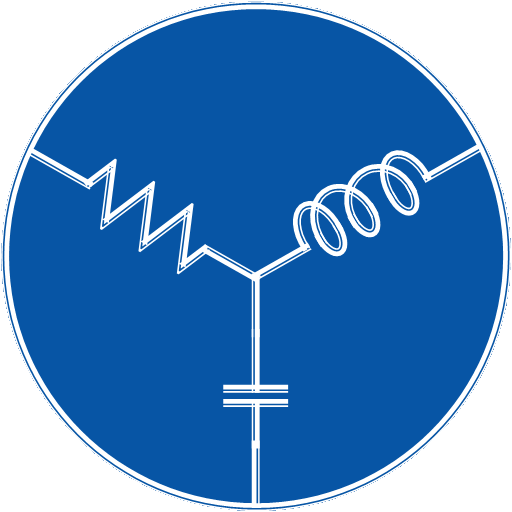All day efficiency or energy efficiency of a transformer is defined by the ratio of output energy supplied to the input energy given for 24 hours.
Transformers have high efficiency about 90 to 98% which is higher than any other electrical machines. There is no moving parts in transformer which eliminates friction and windage losses. Since the losses are low it has high efficiency.
But the transformers experience both iron loss and copper loss. The Iron loss or core loss depends on the supply voltage while the copper loss depends on the load current. Transformer primary is energized throughout the day at rated voltage, hence core loss occurs all the time. But copper loss occurs only when the secondary is loaded.
When the transformer is in no-load condition or supplies 30 to 40% of full load, the core loss will be higher than copper loss (copper loss will be negligibly small) whereas the copper loss will be higher than core loss when the transformer is operated at full load or nearly full load.
Commercial Efficiency
Most of the power transformers are supplying more than 60% of the load all the time. In some cases they supply full load or nearly full load. Here the efficiency of such transformers are determined by Ordinary or commercial efficiency using the instantaneous power supplied by the transformer. It is given by the ratio of output power to the input power.

So the Power transformers will have higher copper loss than core loss. In this case copper loss will be twice that of core loss. For energy efficiency, they should be designed to have minimum full load copper loss.
When considering distribution transformers, typically they are in no-load condition or supplies 30 to 40% of full load most of the time (during off-peak hours) and supplies full load during peak hours only. Here this transformers will have more core loss during off-peak hours and they need to be designed for minimum core loss. Efficiency of such transformers cannot be judged precisely by the commercial efficiency.
All-Day Efficiency
All day efficiency or energy efficiency of a transformer is defined by the ratio of output energy supplied to the input energy given for 24 hours. The calculation of all-day efficiency considers the energy supplied throughout the day (24 hours) rather than the instantaneous power supplied.

Simply it is an average efficiency and needs the load cycle of the transformer for finding its efficiency. Due to the load varies throughout the day, the average efficiency or all-day efficiency will be lower than commercial efficiency.
